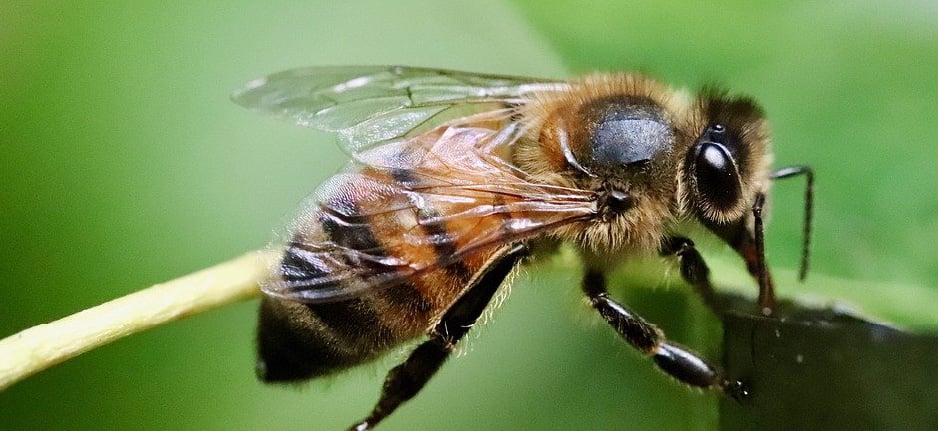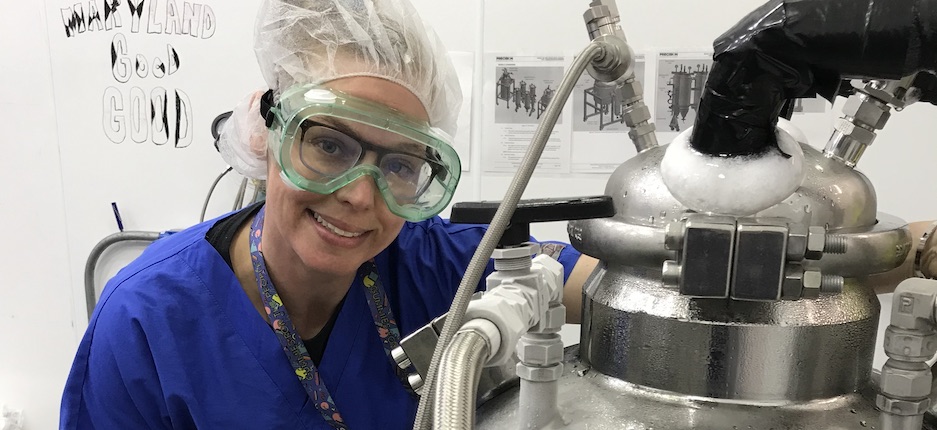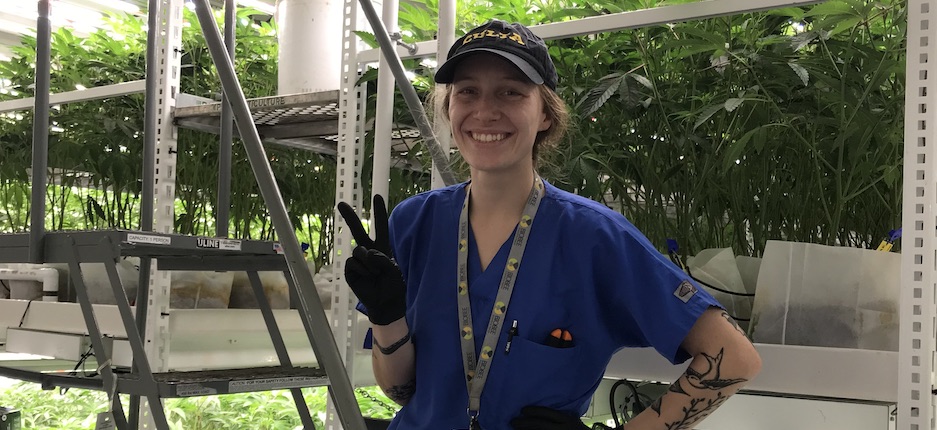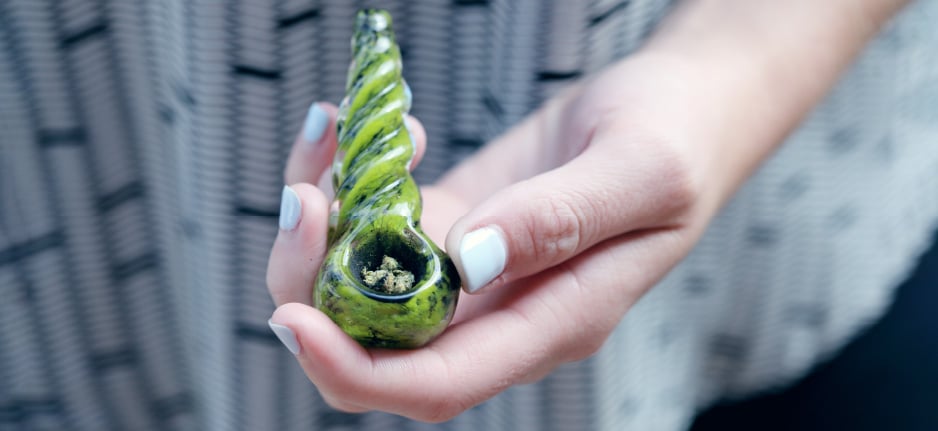May 20th is World Bee Day, and the purpose of this day is to acknowledge the role bees and other pollinators play in the ecosystem. In addition to being a major pollinator, bees contribute significantly to the mitigation of climate change and environmental conservation. In the long-term, protecting them can help reduce poverty and hunger and promote biodiversity. Basically, society really needs bees.
If you want to help preserve bees, you can plant bee-friendly plants in your garden, avoid treating your garden with synthetic pesticides, host a fundraiser, donate to bee charities, or smoke more cannabis. Yes, you read that correctly - research has shown that rapidly expanding cannabis production has benefited bees. In this blog, we’ll discuss the study, what impact cannabis has on bee populations, and what this means for cannabis processors like CULTA.
The study
The study, led by researchers at Cornell University and published in a scientific journal called Environmental Entomology, found that bees like cannabis almost as much as people do. In short, this is what the study found: the greater the area covered by hemp plants, the greater the number of bees are attracted to the area. They also found that the bees were more attracted to taller plants, with the tallest plants bringing 17x more bees than the shortest ones. As time went on, researchers noticed that more and more bees visited the hemp plants, a sign that the bees were communicating with other bees about the special “stash” of plants they had found.
Here’s the weird part: cannabis plants don’t produce nectar or bright flowers, which are two things bees are most attracted to. Scientists dug into this a bit further and discovered that many bees were flocking to male hemp crops specifically. At this point, they determined that bees love cannabis plants due to the abundance of pollen. The study also found that hemp supports 16 different species of bees.
How cannabis plants are beneficial
Besides simply attracting bees with their pollen, cannabis and hemp crops are beneficial to bees in other ways. First, they don’t require one of the main farming practices that pose a threat to bees: insecticides. Second, since hemp is an exclusively wind-pollinated crop, hemp plants produce an abundance of pollen during a period of floral scarcity in agricultural landscapes. In other words, hemp plants provide bees with pollen in times when other plants aren’t producing it.
Per the Cornell University researchers, hemp has the potential to “sustain agroecosystem-side pollination services for other crops in the landscape.” The report also focuses on the nutritional stress posed to bee communities by the loss of habitat due to agricultural land-use change. In those areas, industrial hemp can offer a unique floral resource to bees. Basically, hemp is really good for bees.
What this means for agriculture
Unfortunately, hemp plants on their own aren’t going to “save” the bee population. In 2019, Paul van Westendorp, British Columbia’s chief beekeeper, said that although it’s true that bees are attracted to hemp’s pollen, they are unable to obtain enough nutrition from it to survive on cannabis alone. This doesn’t mean farmers can’t still take advantage of the bees’ love affair with hemp plants -- they just have to get out of their comfort zone.
The easy solution is for farmers to make a conscious shift from monoculture farming to intercropping. Monoculture farming is popular across the United States, but it contributes to many of the issues faced by the global fee population. By growing 2-3 crops in close proximity to each other, farmers can increase soil biodiversity and naturally limit the spread of insect pests. If one of those crops is hemp, they can do all of the above in addition to attracting bees and other pollinators to their land.
Unfortunately, most farmers want to make as much money as they can and are adverse to setting aside land to grow flowers. If growers, land managers, and policy-makers truly want to support bees, they should consider planting hemp plants and other pollinator-friendly flowers along the edge of their crops.
What this means for the hemp and cannabis industry
For those in the hemp and cannabis industry, scientists recommend staggering the species that are grown and planting a variety of plants, so bees have access to well-rounded food sources throughout the year. At CULTA, we’re one step ahead of this -- our outdoor grow facility is home to approximately 3,300 cannabis plants in addition to beneficial native plants that were landscaped in the surrounding fields and pond. We understand that conserving the bee population is essential to the future of our society, and are always looking for ways our outdoor grow facility can contribute beneficially to the environment.




